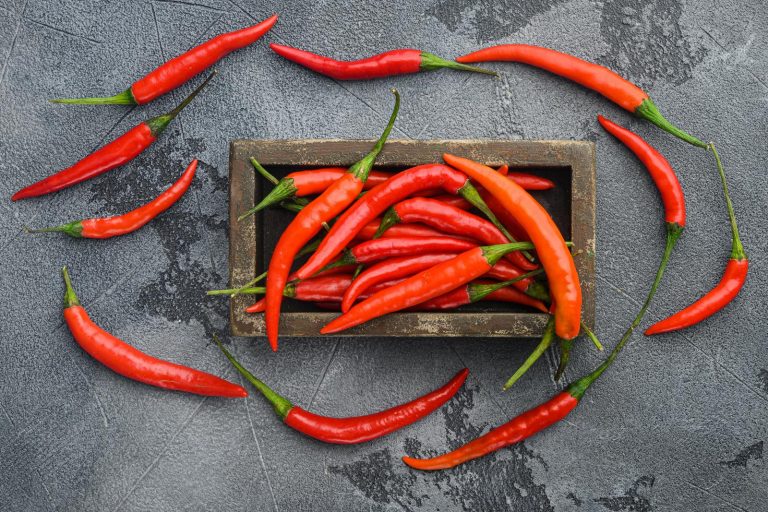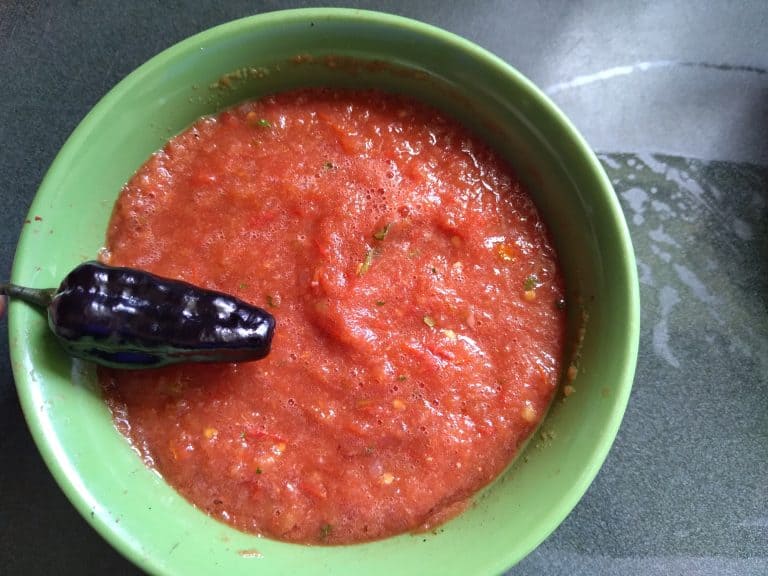How to quickly make spicy food less spicy

For many people, the appeal of spicy food is hard to resist. The thrill of heat, the tingling sensation, and the burst of flavor are all part of the excitement. However, sometimes our culinary experiments or restaurant orders deliver a spice level that’s just too intense, turning enjoyment into discomfort.
The good news is that there are several proven methods to reduce the heat of spicy food. With a few simple tricks, you can bring the spice level down to a more manageable level and enjoy your meal without the overwhelming burn.
Understanding What Makes Food Spicy
Before diving into how to make food less spicy, it’s important to understand what causes spiciness in the first place. The primary culprit behind the heat is a compound called capsaicin.
Capsaicin: The Source of the Burn
Capsaicin is found in chili peppers and is responsible for the burning sensation we associate with spicy foods. When capsaicin comes into contact with our mouths, it binds to pain receptors on the tongue and in the mouth. This reaction triggers the familiar heat and discomfort associated with spicy food. The effect isn’t just about taste—it’s more of a physical sensation caused by the body’s response to the compound.
Methods to Make Food Less Spicy
When a dish turns out too spicy, it can make eating unpleasant. Luckily, several methods can help reduce the spiciness without losing the flavors you enjoy. Here are six effective ways to make food less spicy.
1. Add Dairy

One of the best-known ways to reduce spiciness is by adding dairy products. Dairy contains casein, a protein that binds to capsaicin and helps neutralize its effect. The next time your dish is too spicy, try incorporating dairy to bring balance back to your meal.
Suggestions: If you’re dealing with a spicy curry, adding a splash of milk or a spoonful of yogurt can tame the heat. For pasta dishes or casseroles, a generous helping of cheese can reduce the spice while adding a creamy texture.
2. Use Acids
Acidic ingredients can also help reduce spiciness. Acids break down capsaicin, reducing its potency. Additionally, they introduce a tangy flavor that distracts your taste buds from the heat while enhancing the overall flavor of the dish.
Suggestions: A few drops of lemon juice can quickly calm down a spicy stew, and a splash of vinegar can tone down the heat in sauces or marinades. Tomatoes, which are naturally acidic, can also help balance spicy gravies and salsas.
3. Dilute with Additional Ingredients
One of the simplest ways to reduce the spice in a dish is by diluting it with more of the non-spicy ingredients. By increasing the volume of the dish, the concentration of the spicy compounds is reduced.
Suggestions: If a stir-fry is too hot, add extra vegetables or proteins to spread out the heat. For soups, sauces, or broths, add more liquid or additional base ingredients like beans or grains to dilute the spiciness while maintaining flavor.
4. Add Nut Butter and Oils
Fats are excellent at dispersing capsaicin, making the heat less intense. Nut butters and oils are particularly effective at tempering spiciness, and they can also add richness and depth to the dish.
Suggestions: Peanut butter works wonders in spicy Asian dishes, where it not only reduces heat but adds a nutty flavor that complements many flavors. Coconut milk is another great option, especially in curries, as its creamy texture and subtle sweetness can help tone down fiery dishes.
5. Incorporate Grains
Grains like rice, pasta, or bread can absorb some of the excess spice and help disperse the heat across more bites. Their starchy composition makes them an ideal neutralizer for spicy food.
Suggestions: Serving a spicy dish with plain rice or bread is an easy way to dilute the heat. Pasta, particularly when paired with a spicy sauce, can balance the flavors and provide a more enjoyable eating experience. Naan or other types of bread can also be used to scoop up spicy curries, tempering the heat bite by bite.
6. Sweeten with Sugar or Sweeteners
Sweetness can also counteract spiciness by providing a balance to the heat. The sugar molecules interact with your taste buds, reducing the sensation of spiciness.
Suggestions: Adding a bit of honey to a spicy sauce or stew can reduce the heat and introduce a pleasant sweetness. You can also sprinkle granulated sugar into spicy dishes, adjusting in small increments until the desired balance is reached. For alternative sweeteners, maple syrup or agave nectar can also effectively tone down the spice.
Tailoring Solutions for Specific Dishes
Different dishes may require specific approaches to reduce their spiciness. Below are some common spicy dishes and tailored strategies to make them less intense.
Toning Down Spicy Soup
Spicy soups can be particularly tricky because the liquid distributes the heat throughout the dish. The easiest way to reduce the spice is to add more broth or water. If the flavor profile allows, adding cream or yogurt can also reduce the heat while adding richness to the soup.
Reducing Heat in Pad Thai
If your Pad Thai is too spicy, consider reducing the amount of chili paste or dried chilies during preparation. You can also add more tamarind paste or lime juice to balance the heat with tangy acidity without compromising the dish’s signature flavors.
Making Curry Less Spicy
Curry dishes often have a complex blend of spices, and sometimes the heat level can become overwhelming. Adding coconut milk or yogurt can help reduce the spice while also adding depth to the flavor. Alternatively, increase the quantity of tomatoes or onion gravy to dilute the spice.
Additional Tips for Managing Spiciness

Prepping Chili Peppers for Less Heat
When preparing dishes with fresh chili peppers, keep in mind that most of the heat is concentrated in the seeds and white membranes. By removing these parts, you can significantly reduce the chili’s heat. Always wear gloves when handling spicy peppers to avoid skin irritation.
Balancing with Cooling Side Dishes
If your main course is spicy, serve it with cooling side dishes to provide relief for your palate. Dishes like cucumber salad, raita, or a mint yogurt dip can balance the heat and offer a refreshing contrast to the spiciness.
How to Handle Spicy Food After Eating
Sometimes, despite all efforts, a dish may still be too spicy. If you’re feeling the burn after eating, consuming full-fat dairy products like milk, yogurt, or cheese can help neutralize the capsaicin in your mouth. Avoid drinking water, as it won’t help and can even spread the heat.
There are several ingredients that can reduce spiciness, including dairy, fats, acids (like lemon juice or vinegar), and sweeteners such as sugar or honey.
Adding a fat-rich ingredient like dairy or diluting the dish with more non-spicy ingredients are two of the most effective ways to reduce spiciness.
Consuming full-fat dairy, such as whole milk or yogurt, is one of the best ways to neutralize the burn from spicy food.
Spicy food is a beloved part of many cuisines, but when the heat becomes too much, it can detract from the overall dining experience. By using the methods outlined in this guide, you can quickly and effectively reduce the spiciness in your dishes, ensuring that the flavors shine through without the overwhelming burn.





